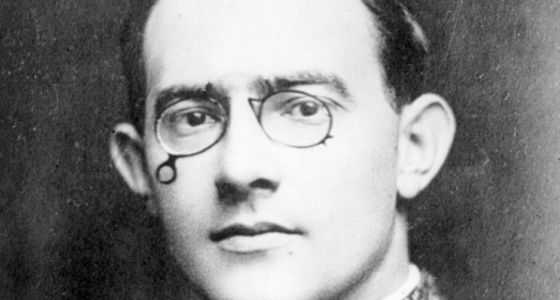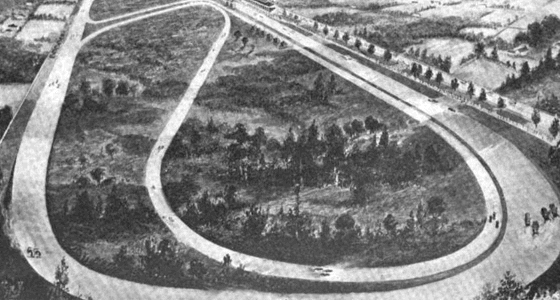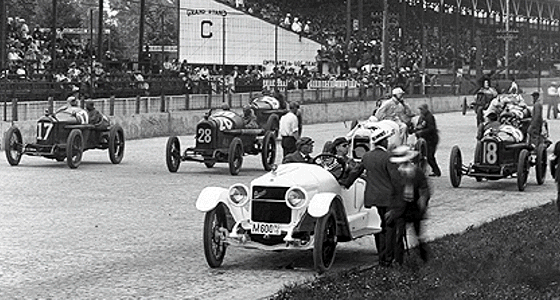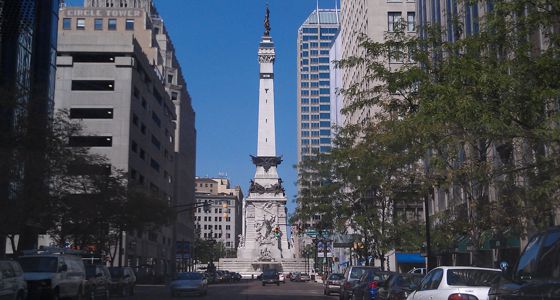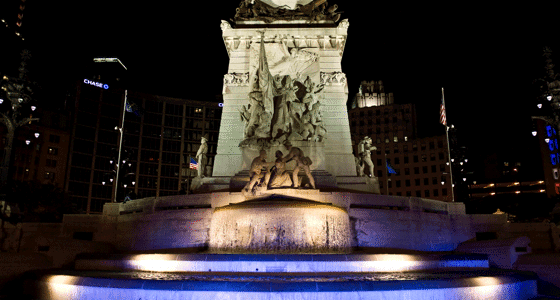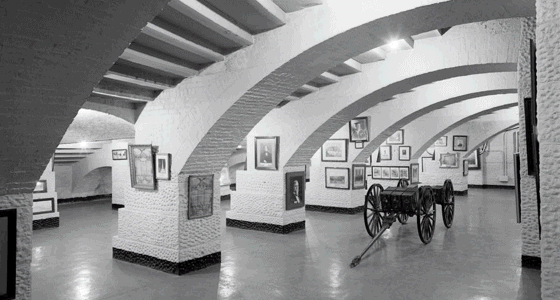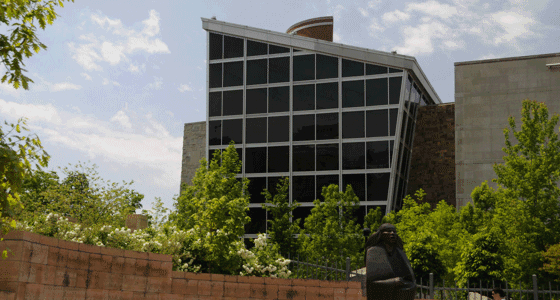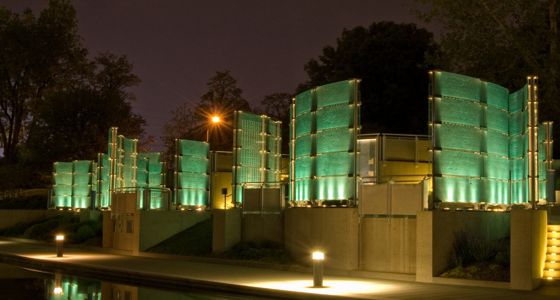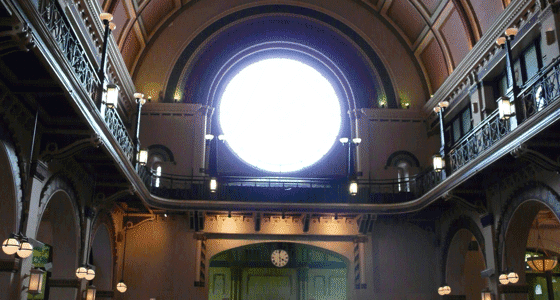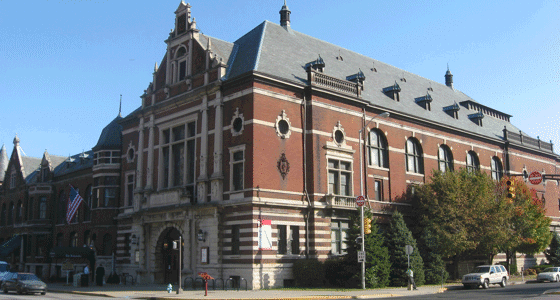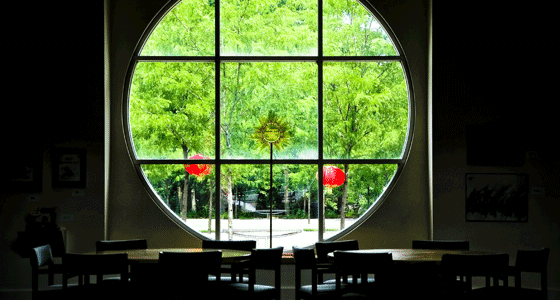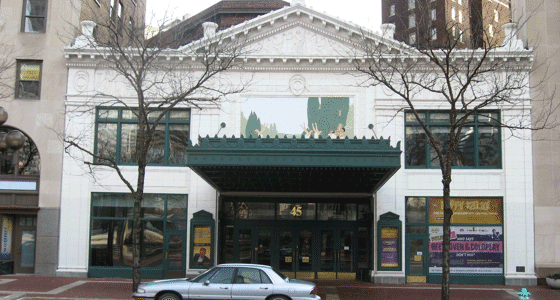|
|||||||||||
|
|
||||||||||
|
The Indianapolis Motor Speedway was the dream of Indianapolis' eccentric entrepreneur and sportsman, Carl Fisher. Fisher, with a constant thirst for speed and racing, was inspired in 1905 by the European racing car culture while on a trip in France. Fisher understood that in order to engineer superior race cars in the United States, there would need to be a dedicated testing ground. At the time, racing was done on retooled horse tracks and public roads, which were dangerous since they were not intended for high-performance automobiles. He looked for financial support for his new venture and was joined by James Allison, Frank Wheeler, and Arthur Newby. After opening the now famous track in 1909, with some alterations over a few years, he produced a suitable track for enthusiasts to compete in 500 mile races. Fisher's trials and errors brought about road innovation as he experimented with materials to get the perfect racing surface. He realized this could be applied to the growing problem with road quality as expansion grew across the states. His love for racing even pushed him to raise funds for the first transcontinental highway, a turning point for our country's infrastructure. |
|||||||||||
|
|||||||||||
|
|
|
||||||||||
|
The Soldiers and Sailors Monument was erected in 1901 to honor veterans of the American Revolution, conflicts that culminated in the War of 1812, the Mexican-American War, the Civil War, and the Spanish American War. The area it sits on was meant to serve as the governor's residence, which was eventually built there in 1827, but was never actually inhabited by the governor and was subsequently demolished in 1857. It's surrounded and decorated by sculptures that remind us of the impact of war. Visitors can go 275 feet up to the Observation Level and enjoy a 360-degree view of the city. Under the monument lies the Colonel Eli Lilly Civil War Museum that was opened in 1918 and contains artifacts from the Civil War. It now houses an exhibit that is meant to get visitors to contemplate the effects of the Civil War on Indiana through features such as projected re-enactment video to immerse the visitors in war situations. |
|||||||||||
|
|||||||||||
|
|
||||||||||
|
The Indianapolis Central Canal was a project that began in disaster, but ultimately benefited the state of Indiana. New York's Erie Canal was greatly successful in adding to the state's economy, so the Central Canal was added onto the 1836 Internal Improvements Act in the hopes that it would generate a great amount of revenue through maritime commerce. Unfortunately, due to competition with steam engines, maritime commerce gave way to land-based commerce via train. The massive amount of debt taken on by the state ultimately ended in bankruptcy for Indiana, and the canal was sold to private owners in 1850. It had since been bought by the Indianapolis Water Company and was used to provide water to the citizens of Indianapolis. In 1904, it proved to be useful to a number of businesses that utilized it for purposes such as powering mills and as a source of ice for winter storage. In 1985, the canal was rebuilt and improved, and is now known as the Indianapolis Canal Walk. |
|||||||||||
|
||||||||||||
|
|
|
|||||||||||
|
The Indianapolis Union Station, located in the Wholesale District, was America's first Union Station and began as a little brick shed at the point where the rail lines met. It was built in 1847 by the Madison & Indianapolis Railroad out of the need to help streamline railway connections for travelers and freight haulers. This hub went through renovations a few decades later to add a main office and waiting hall with barrel vault ceilings that let in ample light. By the turn of the century, rail use was too much for the train sheds to handle and had to be replaced to accommodate the congested rail traffic, not to mention the danger of increasing passenger traffic crossing live tracks. Pennsylvania Railroad and New York Central took the task of upgrading and in 1913 made the appropriate changes, including raised platforms. The building we see today is in the Romanesque Revival style with features such as a "rose" window, and a clock tower designed by architect Thomas Rodd. It now houses the Crown Plaza, a banquet hall and is a station for Amtrak's New York to Chicago route. |
||||||||||||
|
||||||||||||||||
|
|
|||||||||||||||
|
There are six distinct cultural districts within Indianapolis: Canal & White River State Park, Massachusetts Avenue, Broad Ripple Village, Wholesale District, Fountain Square, and Indiana Avenue. The Canal & White River State Park consists of the old Central Canal and White River State Park. The Central Canal was expanded to extend into White River State park as part of the Canal's overhaul during the 1990s, including a canal walk. Throughout the area, there are a number of attractions, including an outdoor concert venue (Farm Bureau Insurance Lawn), a minor-league baseball field (Victory Field), and the Eiteljorg Museum of American Indians and Western Art. Massachusetts Avenue is one of the four streets that goes into the downtown Indianapolis area. It was designed in 1821 and began as a commercial area, but its profitability waned after World War II, which was exacerbated in 1960 after being cut off due to construction on I-65. It is now a section of town focused on local businesses and hosts a number of interesting venues. The Athenaeum building was designed in 1893 by the grandfather of Kurt Vonnegut. It was later saved from demolition by hosting a number of local businesses that include the American Cabaret Theatre and the Rathskeller Restaurant. Broad Ripple Village was so named by Jacob Coil in 1837 as it was a well-known spot for people to cross the White River. It enjoyed a short-lived gas boom, and was later a popular place for summer homes by the affluent. The Broad Ripple supported Indiana's annexation to Indianapolis in 1922. After the annexation, a firehouse was built that was known as Department Station 32, and is now known as the oldest Indianapolis Fire Department statement and is still in use today. The district is now known for having a vibrant social scene fueled by its proximity to Butler University. The Wholesale District is named such due to August and Henry Schnull, who established Indianapolis' first wholesale house. The district's economy was bolstered by the fact that it was close to one of the largest railroad networks in the United States. The combination of logistics and location enabled consumers to buy directly from retailers at wholesale prices. Today it is now known as the business center of downtown Indianapolis. It hosts numerous restaurants, the Indianapolis Symphony Orchestra, and is home to the NFL's Indianapolis Colts. Fountain Square was established in 1835 by Calvin Fletcher and Nicholas McCarty. It was originally purchased as an apple orchard; it later became an important commercial center. It began to see economic decline that peaked when I-65 construction cut off the district from the rest of the city. The district enjoyed the benefits of commercial reinvestment in the late 1990s, which established the groundwork for what it is known for today: excellent ethnic food, unusual shops, and a location that caters to local artists. Indiana Avenue began as a place where African Americans began to populate after Irish and German immigrants moved to other parts of the country. The African American population was small at first, but grew up to over 1/3rd of the population in 1870 and African American business began to take root. African American culture spread, and eventually created an active Jazz scene in Indianapolis. |
||||||||||||||||

|
||||
| Home | History | Attractions | Food | Lodging | Sources | ||||
|
||||

